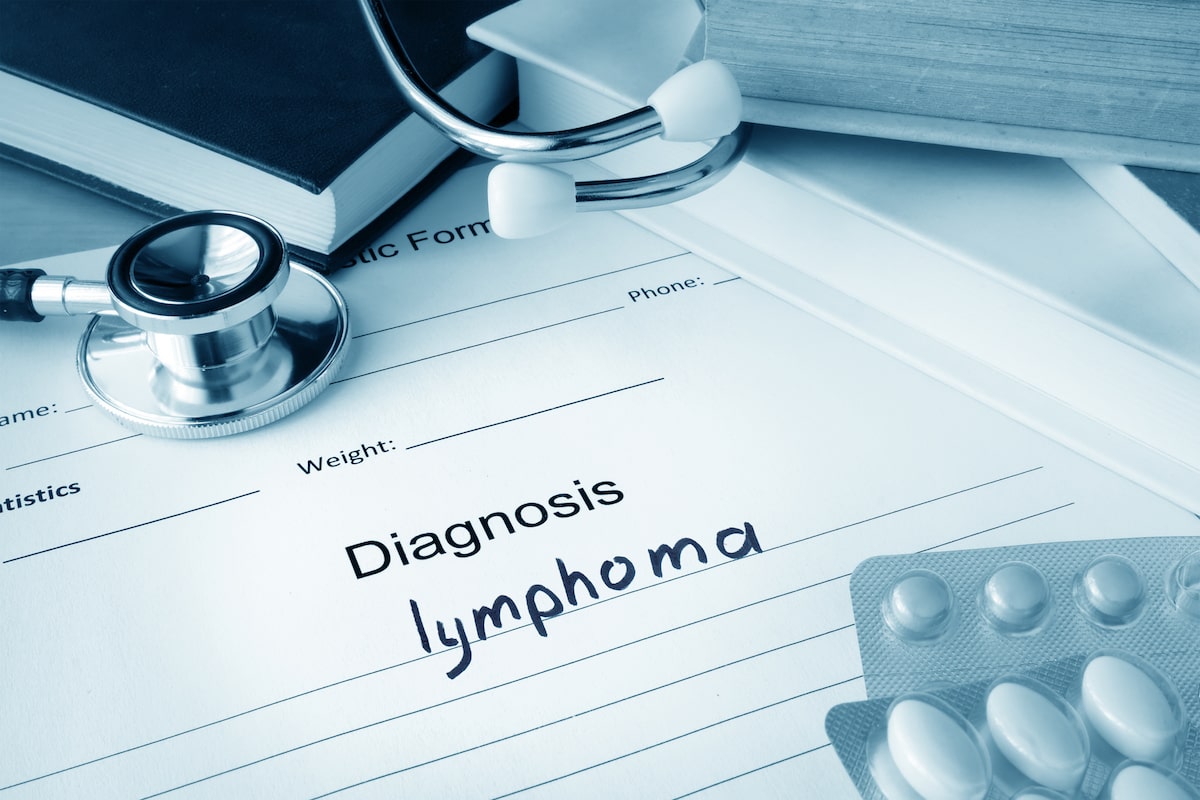<< Back
Living Longer with Lymphoma While Coping with Side Effects

April 13, 2020
 Dr. Sapna Khubchandani
Dr. Sapna Khubchandani
Lymphoma, or cancer that starts in the immune system, is divided primarily into Hodgkin’s lymphoma and Non-Hodgkin’s lymphoma.
According to Surveillance, Epidemiology and End Results (SEER), patients with Hodgkin’s and Non-Hodgkin’s lymphoma have a five-year survival rate of 86 percent and 72 percent, respectively. This is proof of success of multidisciplinary and multimodality treatment of lymphomas. An increased number of survivors creates increasing challenges for healthcare providers who have to care for patients who have long-lasting effects of chemotherapy, radiation therapy and steroids.
Although surveillance of lymphomas does not always involve routine screenings with CT or PET scans, it does include surveillance for side effects involving multiple organs and is a critical part of survivorship.
One of the organs that can be affected is the brain: Cognitive dysfunction has been well-documented after chemotherapy and radiation. Preexisting cognitive dysfunction can further increase the risk. Neurocognitive testing administered by neuropsychology departments can be helpful in identifying these deficits.
Radiation as part of lymphoma treatment can cause thyroid dysfunction, including hypothyroidism. Interventions include monitoring thyroid functions and thyroid replacement therapy if required.
Cardiac complications are common after lymphoma treatment as some of the chemotherapy drugs can cause toxicity to the heart. Some of these complications include: cardiomyopathy (congestive heart failure), coronary artery disease, valvular damage, arrhythmias, pericardial damage and non-coronary vascular disease. Aggressive management of cardiac risk factors, including hypertension, obesity, diabetes mellitus, smoking and high cholesterol, is indicated for survivors as well as a baseline echocardiogram or stress test and carotid ultrasound at 10 years from diagnosis.
Treatment of lymphoma can also cause lung toxicities, including pulmonary fibrosis, obstructive lung disease, radiation pneumonitis and bleomycin toxicity. A baseline pulmonary function test at time of entry into survivorship is indicated in patients who have received bleomycin.
Steroids used as part of treatment of lymphomas can cause osteopenia and osteoporosis. A baseline bone density evaluation is advised to assess the bones of patients. Providers can consider the addition of bisphosphonates, calcium and vitamin D, weight bearing exercises and smoking cessation in patients with decreased integrity of the bones.
Myelosuppression, or decreased white blood cells, can cause increased risks of infections in patients on treatment. Patients who undergo bone marrow transplant can have this complication for long periods of time. For patients who undergo splenectomy or splenic radiation, pneumococcal, meningococcal and flu vaccinations are recommended.
Certain chemotherapy combinations can cause immediate and permanent infertility in both men and women. Chemotherapy can also cause premature menopause in women. Involvement of fertility specialists early in the treatment process and during survivorship helps to develop plans to deal with this issue.
Radiation and many of the chemotherapy drugs can also cause myelodysplastic syndrome as well as acute leukemias as a sequel of treatment in a small portion of patients. These diagnoses may require complex therapies and our team can help coordinate this care.
Some of the other secondary malignancies that have been associated with lymphoma treatment include breast cancer, especially for patients who receive mantle field radiation. The risk is higher for patients who receive radiation at a younger age. Annual mammogram screening is recommended 8-10 years after completion of radiation or after age 40. For patients younger than age 30 at time of radiation therapy, annual breast MRI surveillance is also recommended.
The risk of lung cancer is also increased for patients who received radiation treatment and certain chemotherapy drugs. Smoking cessation should be discussed as well as the role of low-dose CT lung cancer screening for patients 55 to 74 years old and more than 30 pack-years smoking history — the equivalent of a pack of cigarettes a day for 30 years.
Depending on the site of radiation, some patients do experience esophageal dysmotility/strictures and increased risk of gastrointestinal cancers. Interventions include esophagogastroduodenoscopy and colonoscopy periodically.
Patients experience physical deconditioning and fatigue for long periods of time after treatment of lymphomas. They should be encouraged to do 150 minutes per week of moderate-intensity exercise or 75 minutes of high-intensity exercise. Exercise should ideally be a minimum of five days per week. Survivors should also try to maintain an optimal body mass index, the measure of body fat based on height and weight.
The number of lymphoma survivors is on the rise, but achieving long-term quality of life has been challenging. Lymphoma survivorship includes surveillance for recurrence of cancer as well surveillance for both short-term and long-term consequences of the treatment. It involves screening for other malignancies, health maintenance, avoiding risk factors, promoting mental health and communicating with all members of the patient’s treatment team.
Dr. Sapna Khubchandani is medical oncologist with the Hartford HealthCare Cancer Institute.